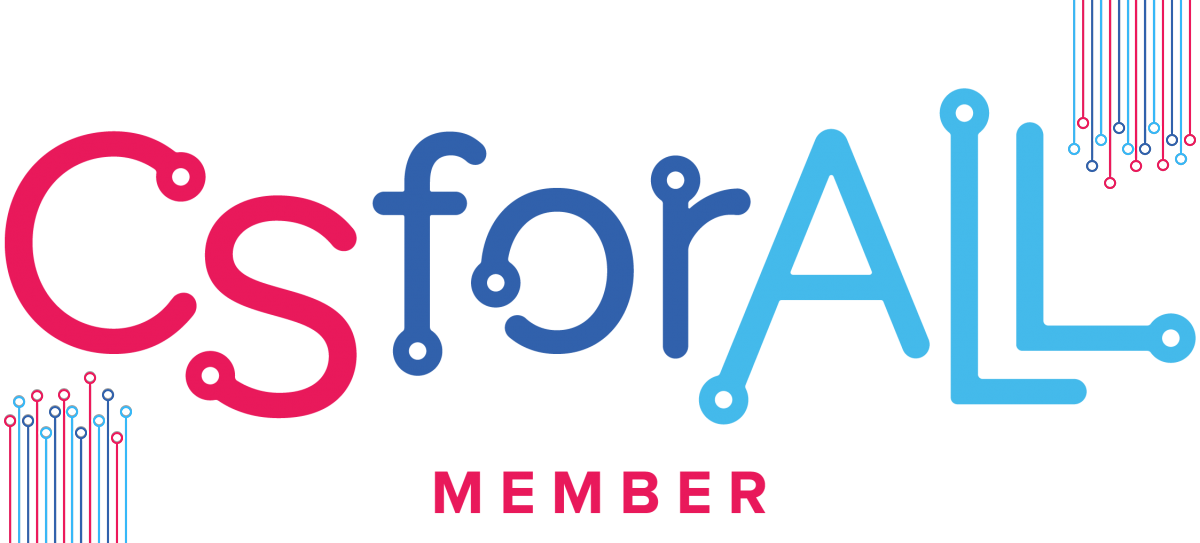BRBytes Courses
INTRODUCTION TO STEM PATHWAYS AND CAREERS: GRADE 7
This
year-long course is offered to middle school students for high school
credit and serves as a universal course elective for the LSU STEM
Pathways as well as JUMPSTART 2.0 and PLTW. The course explores four
main pathways of STEM education and possible careers in the fields of 1)
Computing and Computer Science, 2) Pre-Engineering, 3) Digital Design
and Emergent Media, and 4) Biomedical Sciences. The course exposes
students to these overarching concepts:
To expand awareness of various careers and occupational pathways
related to STEM.
To stimulate the understanding of higher order thinking processes
such as the engineering design process, the scientific method, and
computational thinking.
To develop foundational knowledge and skills in the JumpStart
pathways and careers as related to STEM, and utilize the knowledge and
skills in their current educational setting.
To increase interest in the four core areas of STEM related to
this class through project-based activities that are also standards
based.
SURVEY OF COMPUTER SCIENCE: GRADE 8-9
INTRODUCTION TO COMPUTATIONAL THINKING: GRADES 9-10
This
year-long course introduces students to the basic ideas of computational
thinking and its applications to problem solving in STEM fields.
Students will use an open source, Web-based programming environment to
create code for simple drawings, animations and simulations, through
which they learn how to use abstraction, decomposition and pattern
recognition to model problems and arrive at an algorithmic solution.
Program code is presented with a dual purpose: as the main way to
interact with a computer and as a proxy to organize ideas explicitly and
communicate them to other people. Students taking Algebra I concurrently
with this course will benefit the most, because many examples are drawn
from Algebra I, so that students can visualize and manipulate the
mathematical concepts in a more concrete form.
DATA MANIPULATION AND ANALYSIS: GRADES 10-11
Prerequisite:
Introduction to Computational Thinking
This
year-long course introduces students to the emerging field of Data
Science. Instructional units cover the standard practices for effective
data manipulation, analysis and interpretation as well as necessary
concepts in the three disciplines involved (mathematics, statistics and
computing). Numerous examples of typical scenarios are provided. The
emphasis on this course is in the application of the concepts rather
than the theory. In the second semester, students will work in teams on
large projects in which they will use programming to analyze large
datasets and create models. The students will summarize their findings
for each project in a written report and will also present them
orally.
CYBERSECURITY: GRADES 10-12
This year-long course is for students in 10th grade and above. It is
designed to foster interest in Information Technology and networking
careers. Through hands-on projects, students learn to install and
administer operating systems, to have computers communicate with each
other and to detect and repair vulnerabilities in systems and networks.
This course also covers connections of computing and society, including
ethics, security and privacy in on-line communication. Students taking
this course will be expected to take the CompTIA ETF+ and CompTIA A+
certification exams.
INTERACTIVE COMPUTING: GRADES 10-12
Prerequisite:
Introduction to Computational Thinking
This
year-long course is for students in 10th grade and up. It focuses on the
nuances of programming for interacting with the real world in two
representative areas: autonomous robots and the front end of web
applications. Students learn how to iteratively approximate a software
model to the realities of the physical hardware, how to write test
suites and how to systematically debug their programs. Through fun and
engaging projects, the students learn problem solving skills, such as
programming robots to navigate mazes and play soccer, developing on-line
pages to read sensors and control actuators in greenhouses, and
automating devices at home with Internet of Things (IoT)
technologies.
PROGRAMMING FOR STEM: GRADES 11-12
Prerequisites:
Intro to Computational Thinking and either Data Manipulation and
Analysis or Interactive Computing
This
year-long course expands the practice of software development in a
variety of settings, so that students acquire a broad set of programming
skills and a deeper understanding of software engineering principles.
Students learn to plan, design and implement relatively large
programming projects that require background research and teamwork.
Topics include simulations, games and interactive online applications.
Robust program design and sound software engineering practices are
emphasized throughout the course.





